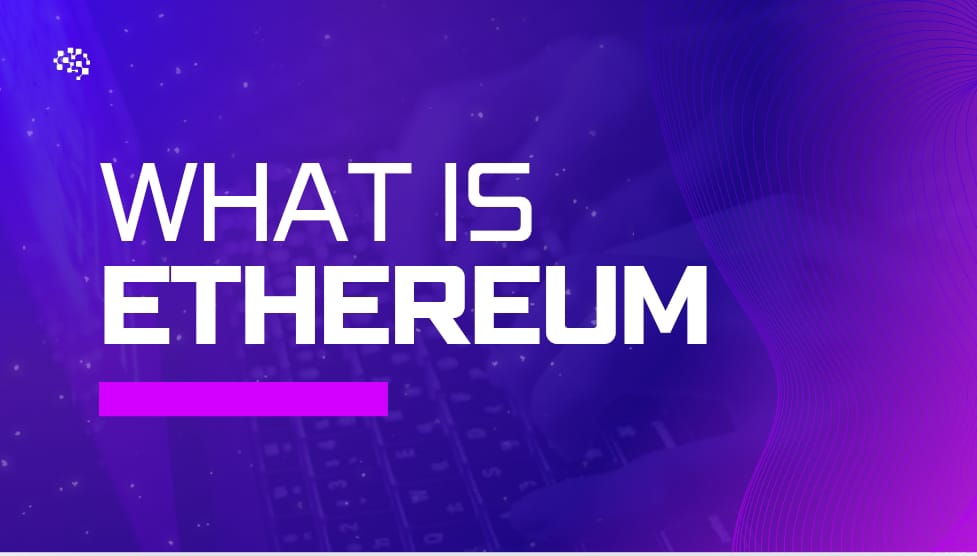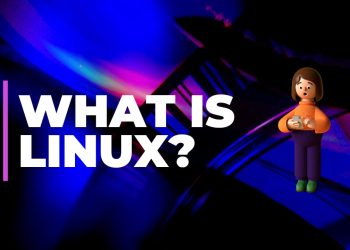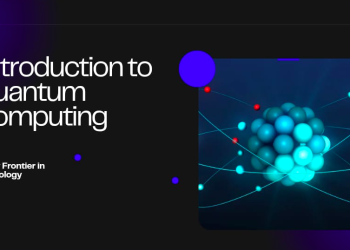Ethereum: A Comprehensive Guide
Introduction
Ethereum is a platform which allow the creation and execution of smart contracts and applications. Unlike Bitcoin, which was designed primarily as a digital currency, It serves as a programmable blockchain where developers can build and deploy decentralized solutions.
Proposed by Vitalik Buterin in 2013 and launched in 2015, It introduced the concept of a Turing-complete blockchain, meaning it can execute any computational task given enough resources. It’s native cryptocurrency.
Key Features of Ethereum
1. Smart Contracts
Smart contracts is a self operating predefined rules written in code. When conditions are met then it auto works.
- Example: A decentralized insurance payout that releases funds automatically when flight delay data is verified.
2. Decentralized Applications
DApps run on It’s blockchain instead of central servers. They are censorship-resistant and operate without a single point of failure.
- Popular DApps: Uniswap (DeFi), OpenSea (NFTs), and Aave (lending).
- Advantages: Transparency, security, and no central authority.
3. Ethereum Virtual Machine (EVM)
It ensures code execution is isolated from the main network, preventing bugs from affecting the entire blockchain.
- Gas Fees: Every operation in the EVM requires gas, paid in ETH, to prevent spam and allocate resources fairly.
4. Decentralized Finance (DeFi)
It is works behind the DeFi, which want to replace old financial services like (banking, lending, trading).
- Key DeFi Protocols:
- MakerDAO (stablecoin lending)
- Compound (algorithmic interest rates)
- Synthetix (synthetic assets)
5. Non-Fungible Tokens (NFTs)
NFTs are unique digital assets representing ownership of art, collectibles, and virtual real estate. It’s ERC-721 and ERC-1155 standards power most NFTs.
- Examples: CryptoPunks, Bored Ape Yacht Club (BAYC), and NBA Top Shot.
6. Ethereum 2.0 (The Merge & Beyond)
It has transitioned from Proof of Work (PoW) to Proof of Stake (PoS) to improve scalability, security, and energy efficiency.
- Key Upgrades:
- The Merge (2022)
- : Shifted it to PoS, reducing energy consumption by ~99%.
- Layer 2 Solutions: Rollups (Optimism, Arbitrum) help scale this by processing transactions off-chain.
 More Information -> LINK
More Information -> LINK
How It Works
1. Blockchain Structure
- It’s blockchain consists of blocks containing transactions and smart contract executions.
2. Consensus Mechanism (PoS)
- Validators (instead of miners) stake ETH to propose and validate blocks.
- Rewards are given for honest validation, while malicious actors lose their stake (slashing).
3. Gas & Transaction Fees
- Gas Price (in ETH) is set by users—higher prices prioritize transactions.
4. Wallets & Addresses
- It Wallets (MetaMask, Ledger) store private keys to interact with the blockchain.
- Addresses (0x…) are used to send/receive ETH and interact with smart contracts.
Ethereum vs. Bitcoin
| Feature | Ethereum | Bitcoin |
|---|---|---|
| Primary Use | Smart Contracts & DApps | Digital Currency |
| Combination | Proof of Shares | Proof of action |
| Supply | No hard cap (controlled issuance) | Fixed at 21M BTC |
| Speed | ~15 TPS (scaling with L2s) | ~7 TPS |
| Programmability | Turing-complete (supports complex logic) | Limited scripting |
Challenges & Criticisms
1. Scalability Issues
- It’s base layer can handle only 15-30 transactions per second (TPS), leading to congestion.
- Solution: Layer 2 rollups (Optimism, zkSync) and future sharding.
2. High Gas Fees
- During peak demand, transaction fees can exceed $50+, making small transactions impractical.
3. Security Risks
- Smart contract bugs (e.g., The DAO hack in 2016) have led to major losses.
- Solution: Audits, formal verification, and bug bounties.
4. Regulatory Uncertainty
- Governments are still defining regulations for DeFi, NFTs, and crypto taxation.
Future of It
1. Mass Adoption of Web3
- It could become the foundation for a decentralize internet (Web3), where users control their data.
2. Enterprise Blockchain Solutions
- Companies like JPMorgan, Microsoft, and ConsenSys are building enterprise it solutions.
3. Interoperability with Other Chains
- Cross-chain bridges (Polygon, Polkadot) allow Ethereum to interact with other blockchains.
4. Ethereum as a Global Settlement Layer
- Ethereum may evolve into a base layer for financial systems, with Layer 2s handling transactions.
Conclusion
Ethereum is more than just a cryptocurrency—it’s a global, decentralized computing platform revolutionizing finance, gaming, and digital ownership. Despite challenges like scalability and fees, upgrades like Ethereum 2.0 and Layer 2 solutions aim to make it faster and more efficient.
As blockchain technology evolves, Ethereum remains at the forefront, shaping the future of DeFi, NFTs, and Web3. Whether you’re a developer, investor, or enthusiast, understanding Ethereum is crucial in the rapidly evolving digital economy.









